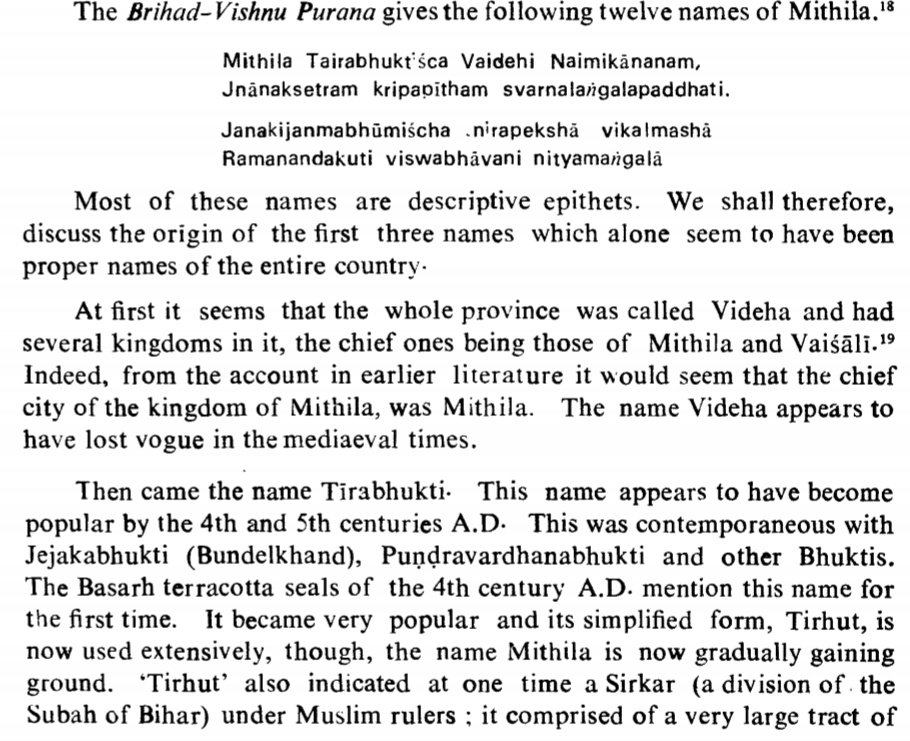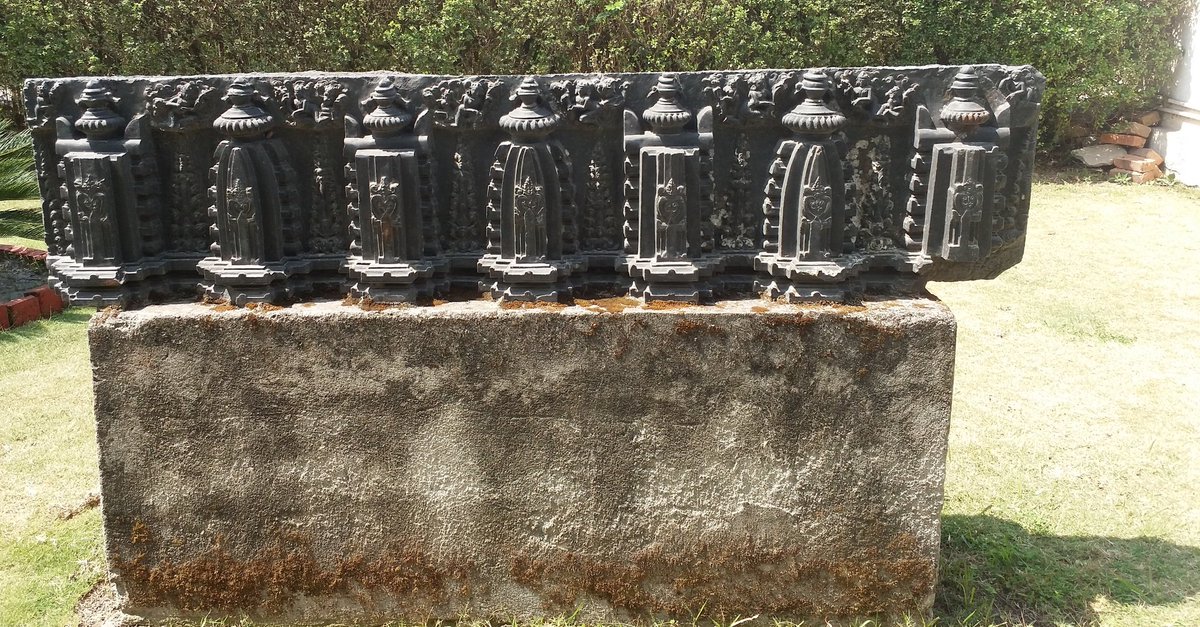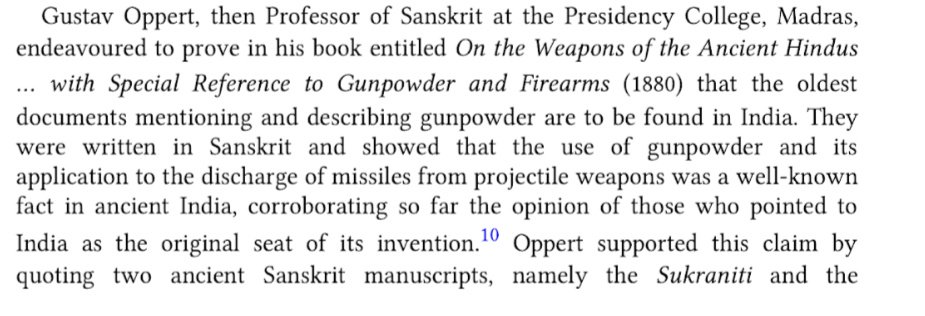1)Saraswati, National Museum, Delhi
The Visnudharmottara Purana, provide her the status of a goddess of white complexion, dressed in white garment, carrying pen,Veda(s) , lotus, rosary, vina and a vessel of nectar in her hands. #BasantPanchami #ReclaimTemples

The Visnudharmottara Purana, provide her the status of a goddess of white complexion, dressed in white garment, carrying pen,Veda(s) , lotus, rosary, vina and a vessel of nectar in her hands. #BasantPanchami #ReclaimTemples
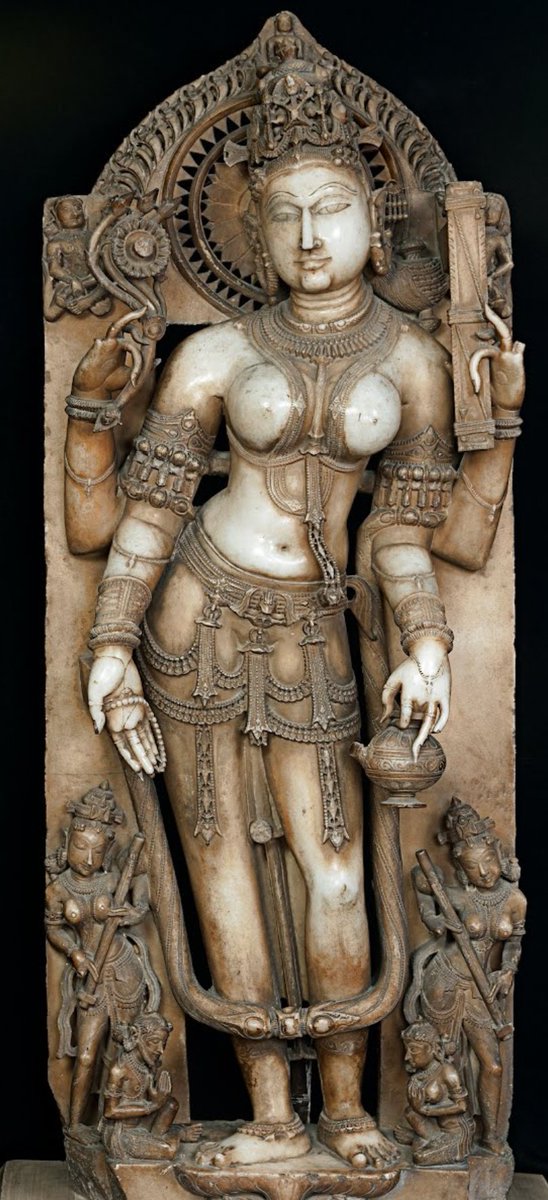
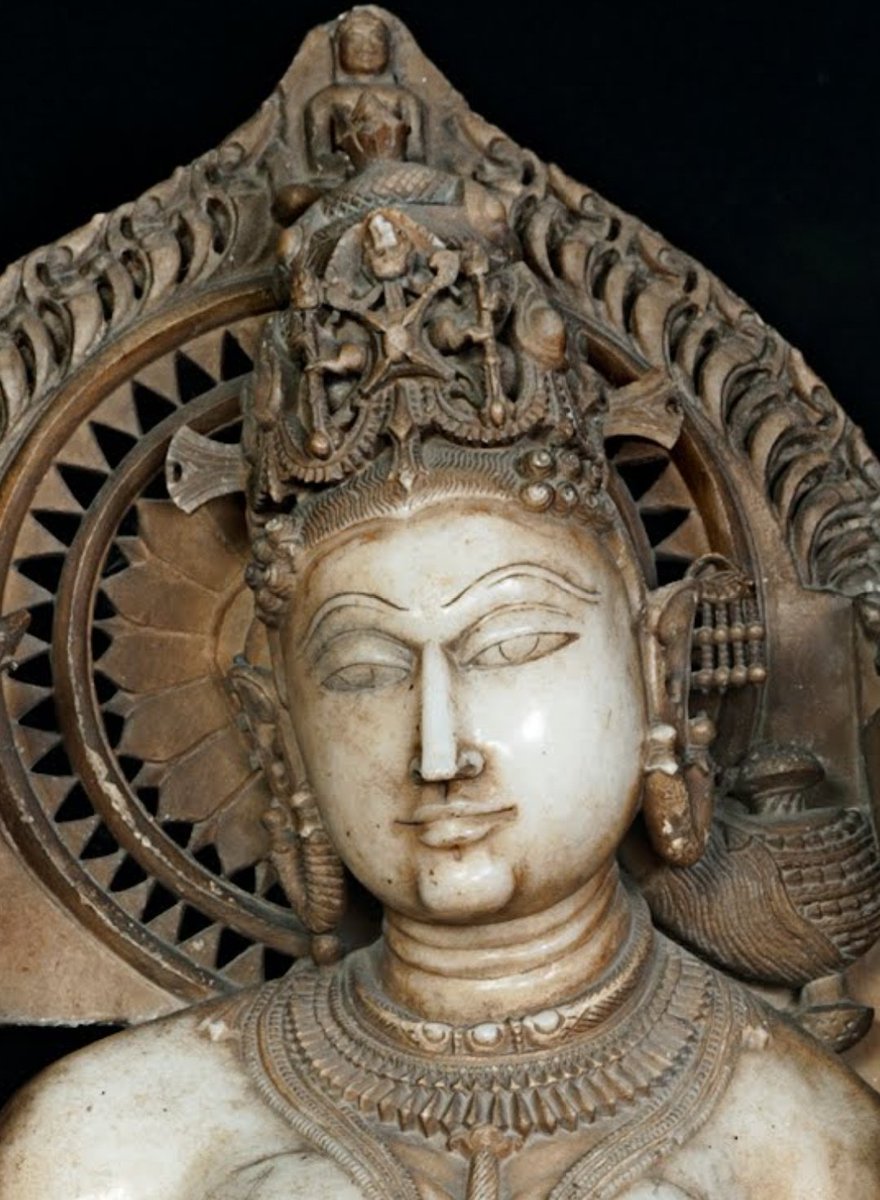
2) Detail of the same sculpture
Note minutely carved details of sculptures. In Refinedness it is no less than Hoyasala sculptures and certainly exceeds Gandharan sculptures.
#ReclaimTemples #BasantPanchami


Note minutely carved details of sculptures. In Refinedness it is no less than Hoyasala sculptures and certainly exceeds Gandharan sculptures.
#ReclaimTemples #BasantPanchami

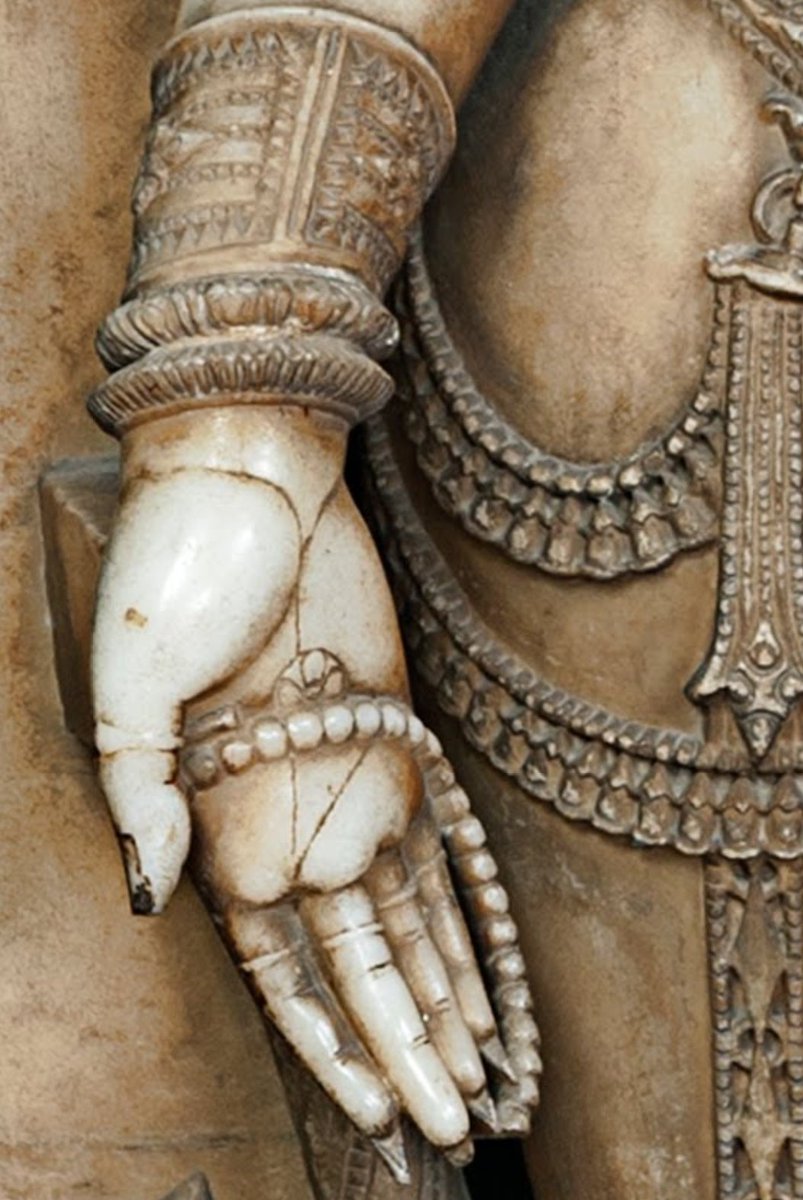

@davidfrawleyved @DalrympleWill @mariawirth1 @sanjeevsanyal @vajrayudha11 @subhashkak1 3) Here are some more images of same sculpture
See the devotees praying to Saraswati. They have been careful to carve even insignificant devotees to utmost perfection. See the lady paying homage to Devi. See the expression of attendant. Gracious!
Note lotus held by Devi.



See the devotees praying to Saraswati. They have been careful to carve even insignificant devotees to utmost perfection. See the lady paying homage to Devi. See the expression of attendant. Gracious!
Note lotus held by Devi.


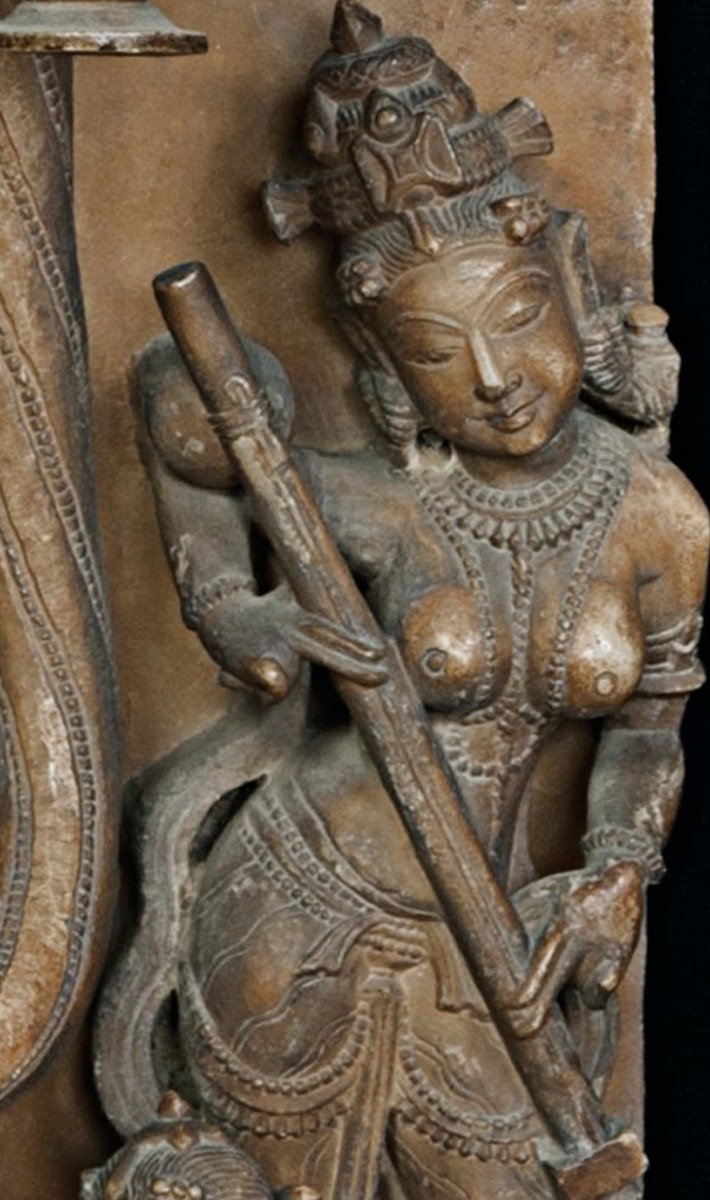
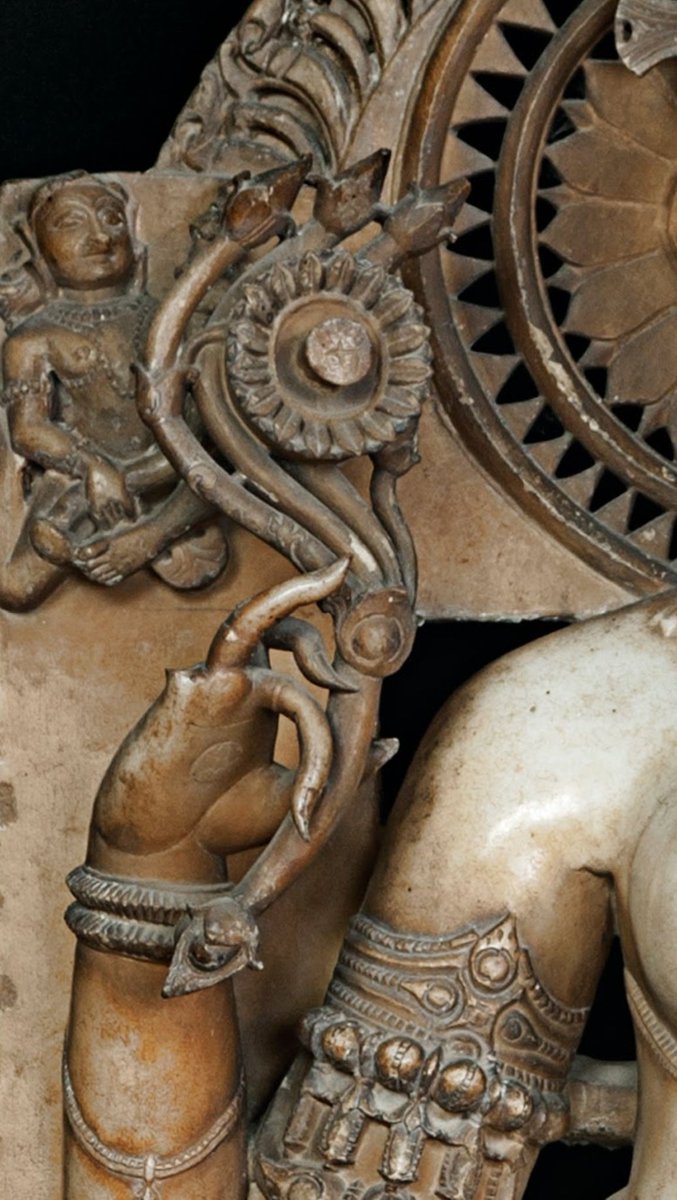
• • •
Missing some Tweet in this thread? You can try to
force a refresh





























